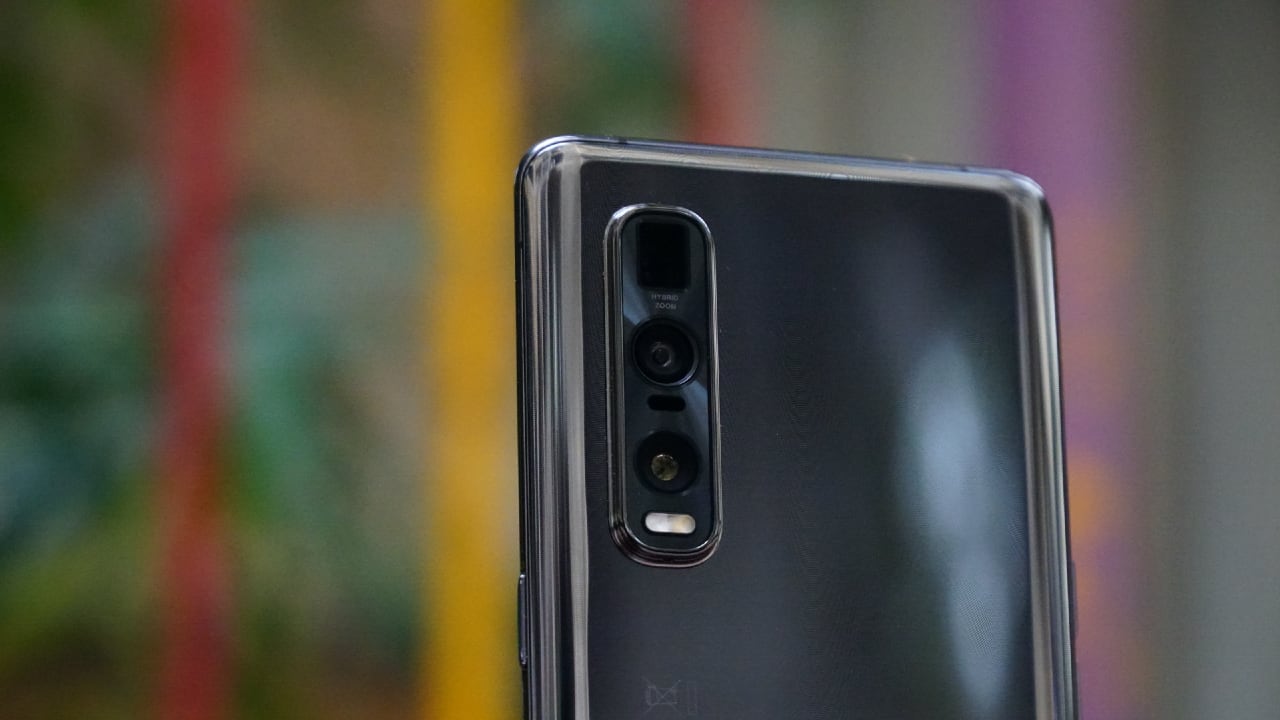
August 19 is being celebrated as World Photography Day. People have slowly moved away from using a DSLR camera and rely on smartphones for capturing moments. Gone are the days when it was believed that one could only capture high-quality images with Pro-grade cameras. Today, smartphones have moved away from one single camera to versatile multiple cameras - each serving a different purpose. Introduction of features such as depth-of-field effect, wide-angle lens, better HDR reproduction, quad camera, AI screen recognition have fanned the passion of many budding photographers across India. Here are the best smartphone cameras that you can buy in 2020.
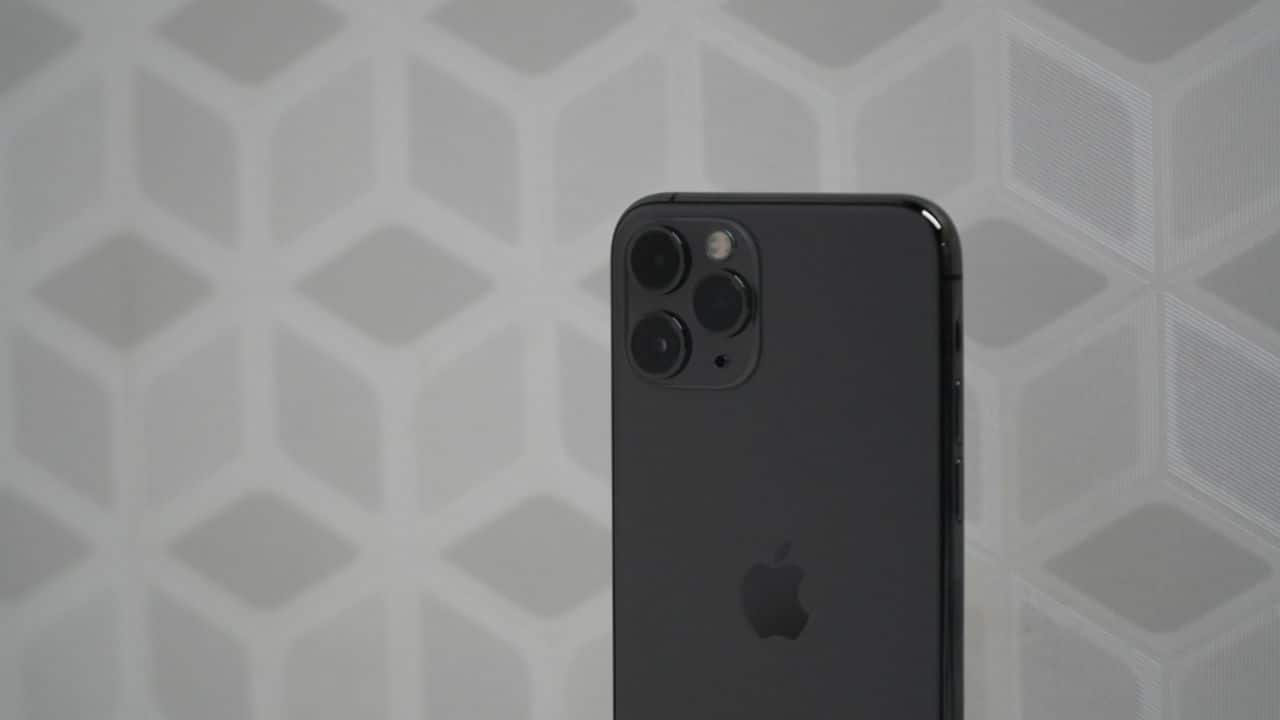
iPhone 11 Pro and iPhone 11 Pro Max: The flagship iPhones feature a 12MP triple-camera setup for different focal lengths. The rear camera trifecta on the iPhone 11 Pro (and the 11 Pro Max) consists a wide, an ultra-wide, and a 2x telephoto lens. All three cameras give stunning results with an excellent amount of sharpness and dynamic range. What we absolutely love about the iPhone 11 Pro’s camera is that the saturation and contrast are at par with what you see with your eyes — natural. You can see a sample photo below shot on the iPhone 11 Pro and check more camera samples shot on iPhone 11 Pro in our full review.
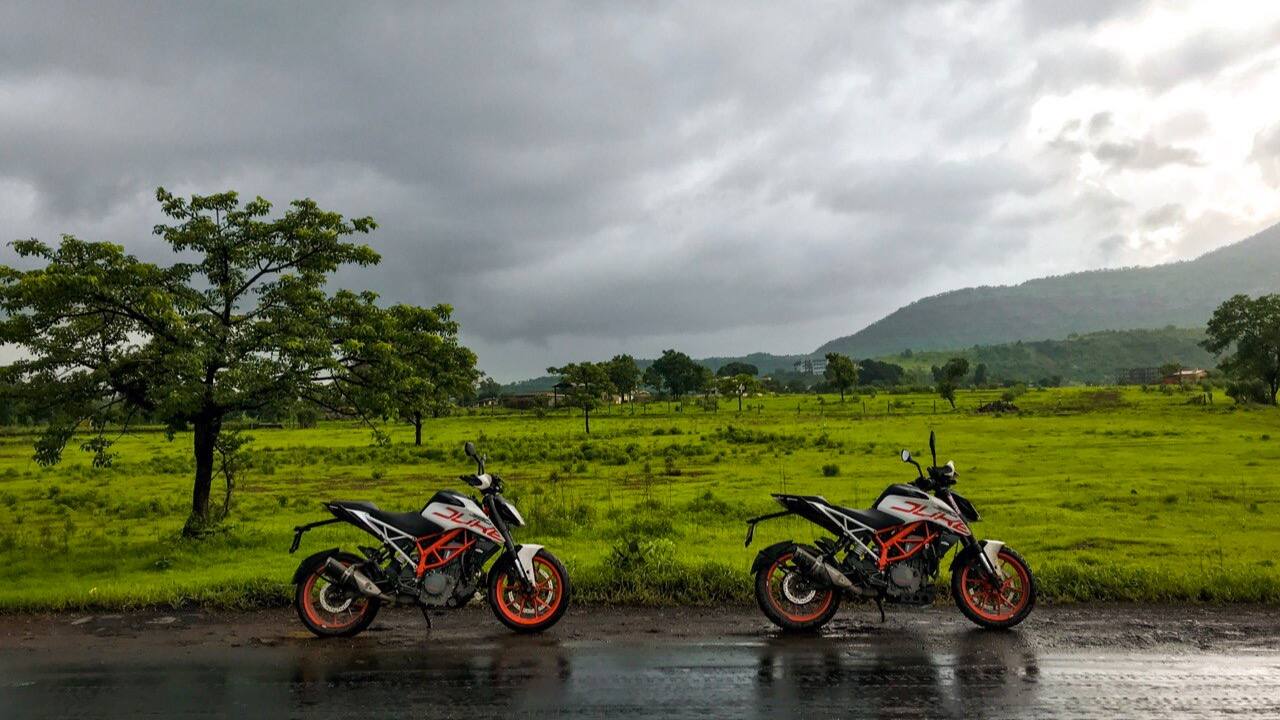
Image shot on iPhone 11 Pro.
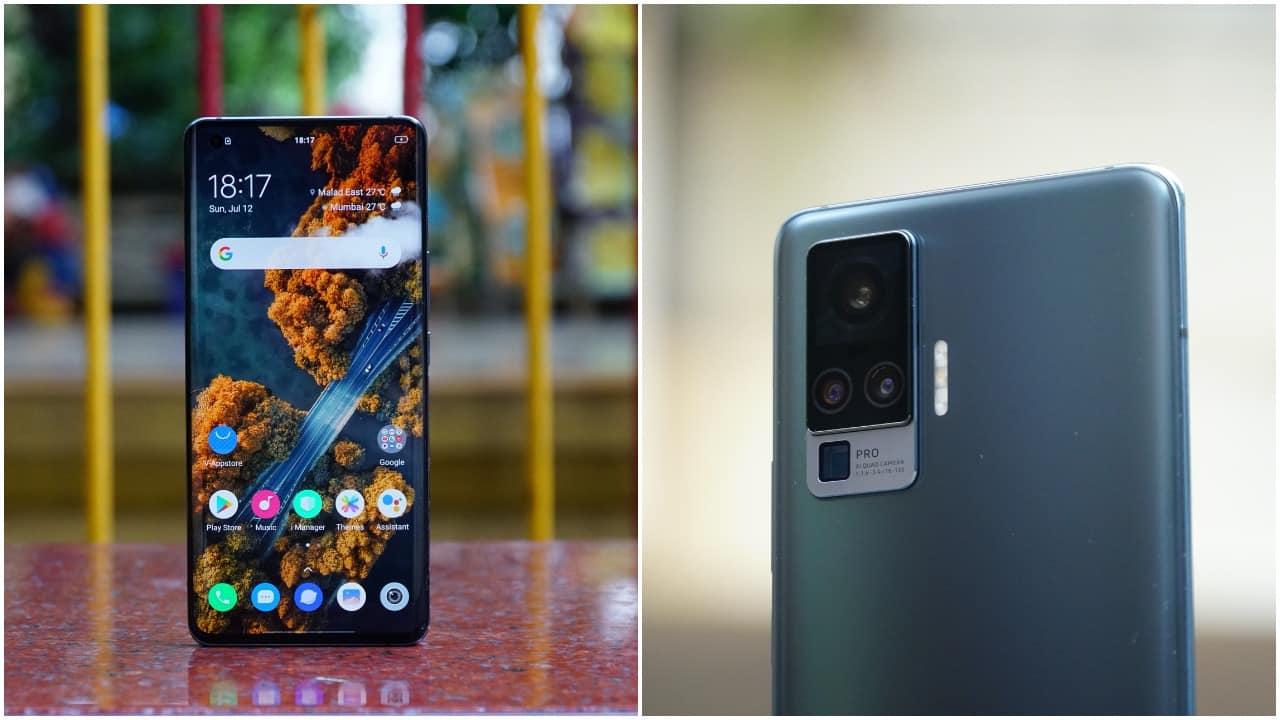
Vivo X50 Pro: The X50 Pro has four camera sensors housed inside the two-step module stacked on the back, with the highlight being the Gimbal camera. This gimbal solution is stacked on top of the 48MP Sony IMX598 f/1.6 sensor, that is paired with an 8MP 120-degree ultrawide lens, a 13MP 2x telephoto lens for Portraits, and an 8MP 5x periscope lens. Vivo X50 Pro, according to us, is among the best smartphone cameras of 2020. The camera is capable of producing excellent image quality both during the day and night. It also has various features like Starry Sky, AI Super moon mode, and four night mode filters. Check the photo below shot on Vivo X50 Pro and for more camera samples, read our full review.
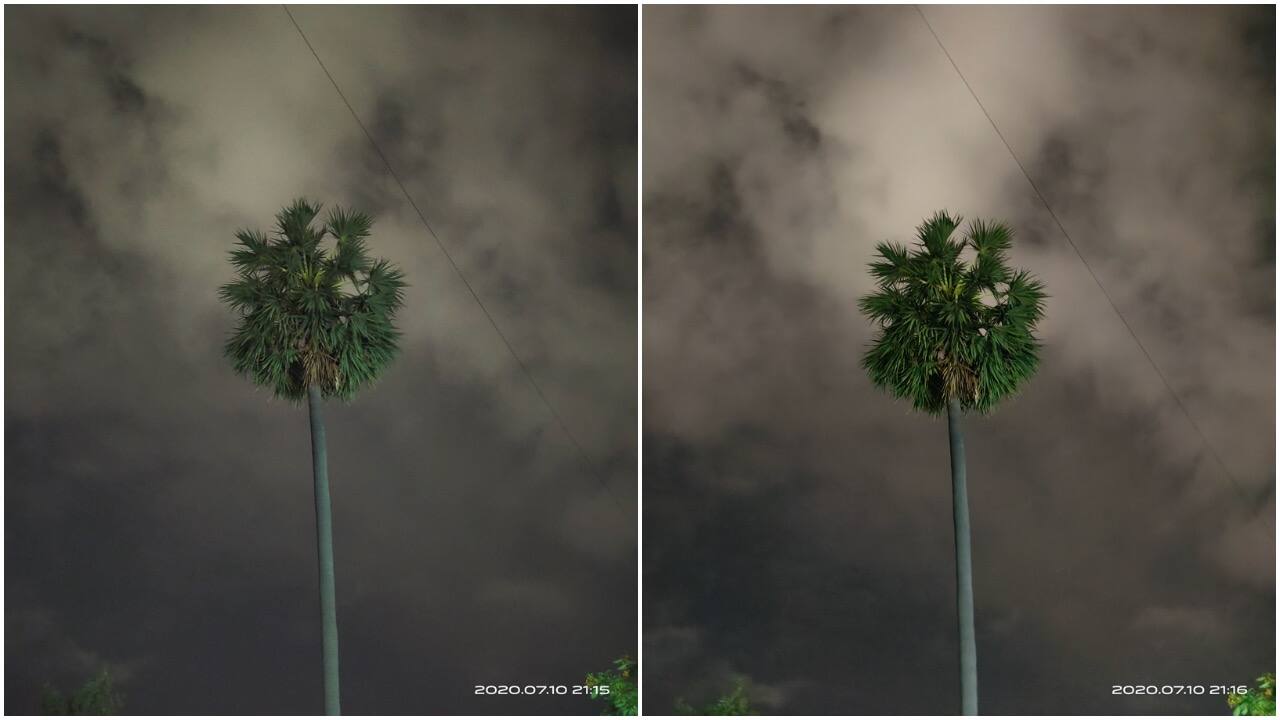
Normal Photo mode on the left vs Night mode on the right. Shot on Vivo X50 Pro.

Poco X2: Poco X2 is among the best smartphones under Rs 20,000 to feature a quality camera system. The rear camera setup includes a 64MP f/1.8 Sony IMX686 sensor, an 8MP ultra-wide sensor, and two 2MP sensors for depth and macro photography. We were very impressed with Poco X2’s primary camera. The pictures clicked offered enough detail, even at the corners. Click here for our Poco x2 review or scroll to check a camera sample.
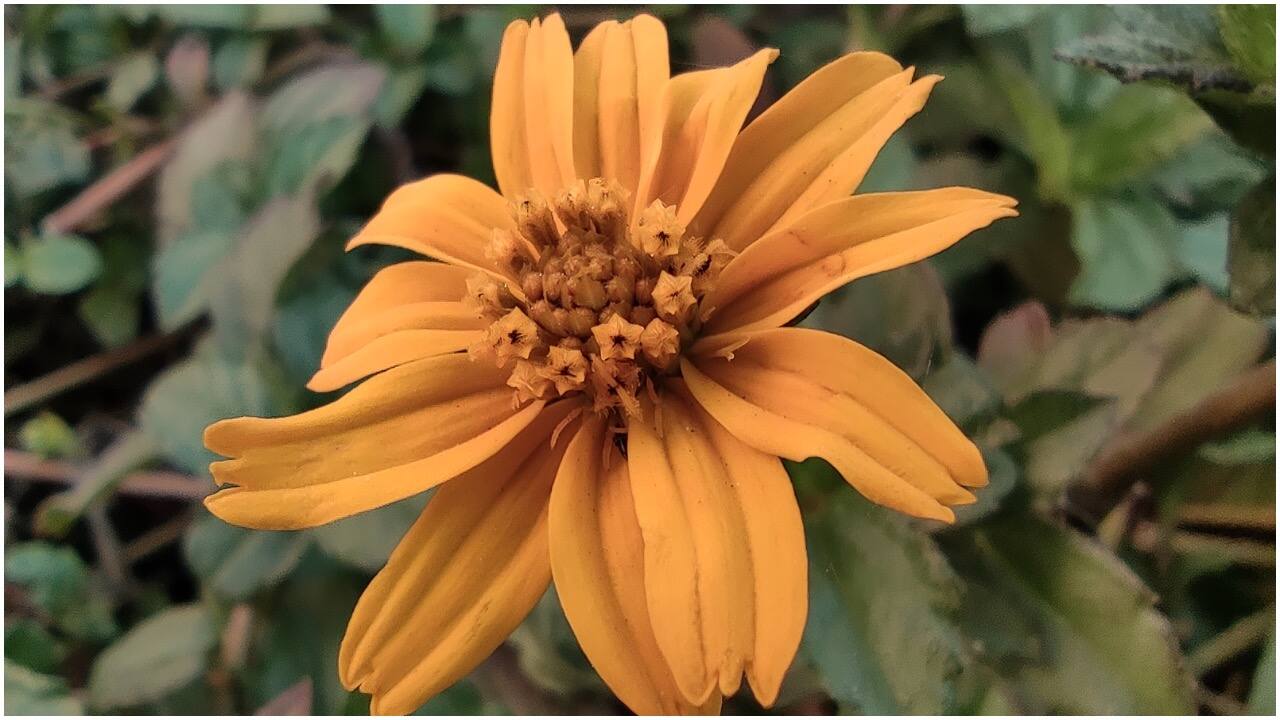
Macro mode shot on Poco X2.
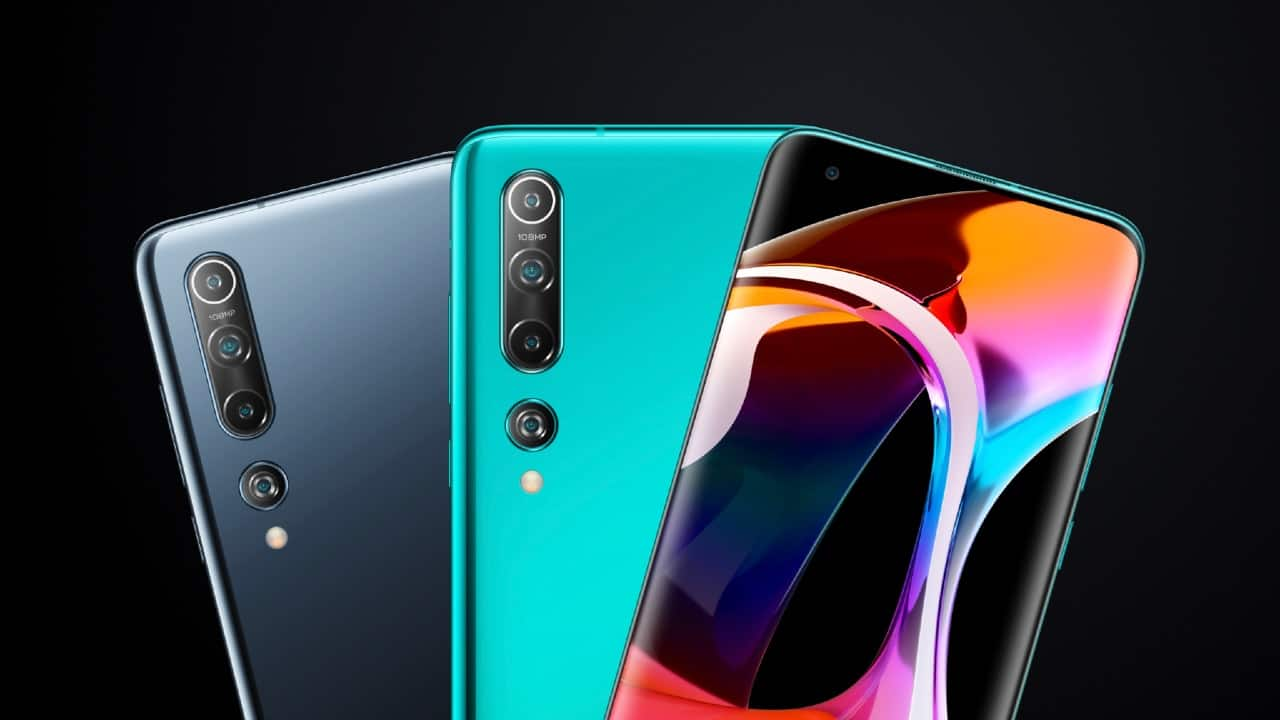
Xiaomi Mi 10: The Mi 10 is spec sheet monster with a 108 MP 'X' factor. he Mi 10 boasts a quad-camera setup comprising of a 108 MP Samsung ISOCELL Bright HMX sensor, a 13 MP ultrawide lens, a 2 MP depth sensor, and a 2 MP macro snapper. Images taken in daylight manage to produce excellent colour and detail. The camera on the Mi 10 also does a good job in dealing with noise, although colour can look exaggerated at times. Check camera samples in our Mi 10 review.

Realme 6 Pro: Another budget smartphone under Rs 20,000 that clicks good quality images is the Realme 6 Pro. The 6 Pro has six cameras — four on the back and two inside the pill-shaped punch-hole. At the back, you get a 64MP f/1.8 primary lens, an 8MP f/2.3 119-degree ultra-wide lens, a 12MP f/2.4 telephoto lens with up to 20x zoom and a 2MP f/2.4 macro lens. In daylight conditions, you will absolutely have no issues as the images are vibrant, sharp and you get a good amount of details. The telephoto camera can shoot up to 20x zoom, although expect good details until 5x. Click here to read our full realme 6 Pro review and check a camera sample below.

Shot on Realme 6 Pro.
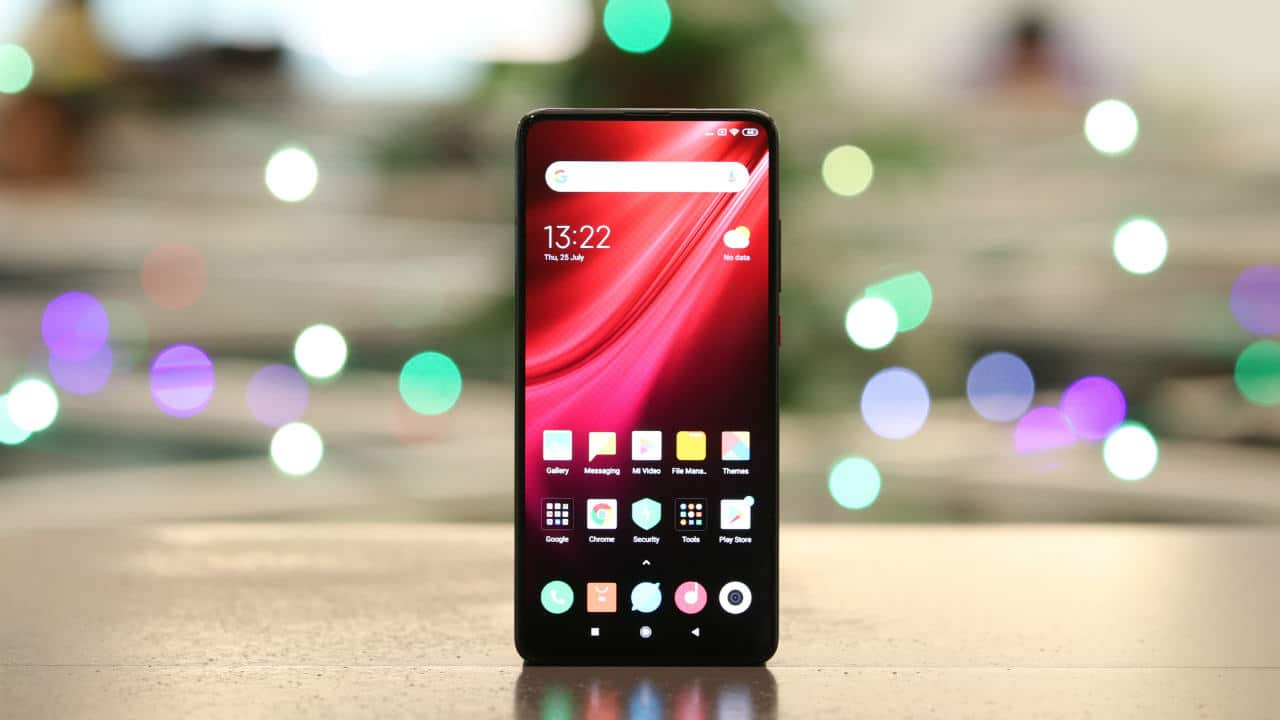
Redmi K20 Pro: If you are looking for the best smartphone under Rs 25,000 that also helps in clicking good quality images, consider checking our Redmi K20 Pro review. It packs a triple-camera setup with a 48MP primary lens, a 13MP ultra-wide lens and an 8MP telephoto lens. Photos shot using the primary sensor come out crisp with enough saturation. When AI scene recognition is enabled, the images tend to come a bit more saturated than when disabled. When zoomed in, the images offered a good amount of detail as even texts on signboards were readable. A unique feature that the Redmi K20 Pro possesses is the AI SkyScaping mode, which changes the Sky’s colour as per the user’s liking. Scroll down to check a sample image shot on the Redmi K20 Pro.

Shot on Redmi K20 Pro.
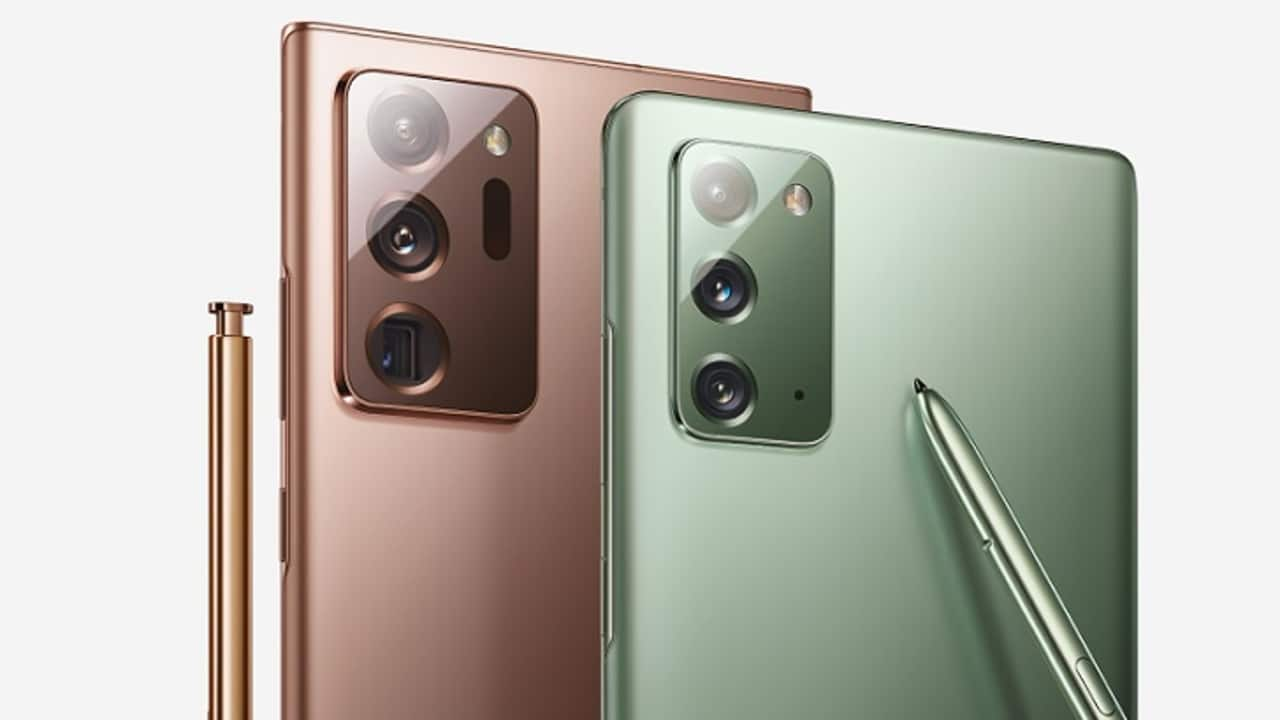
Samsung Galaxy Note 20 Ultra: Samsung has gone all out with its latest flagship smartphone, the Note 20 Ultra. The Note 20 series smartphone packs three different camera sensors inside that huge camera bump. Blame the size of that 108MP sensor, which theoretically, should click excellent quality images with ample details. The main camera is paired with a 12 MP periscope shooter with up to 50x optical zoom and a 12MP ultrawide sensor. Samsung has axed the 3D ToF sensor and replaced it with a Laser AF module for faster focus detection. Stay tuned for our Galaxy Note 20 Ultra review.
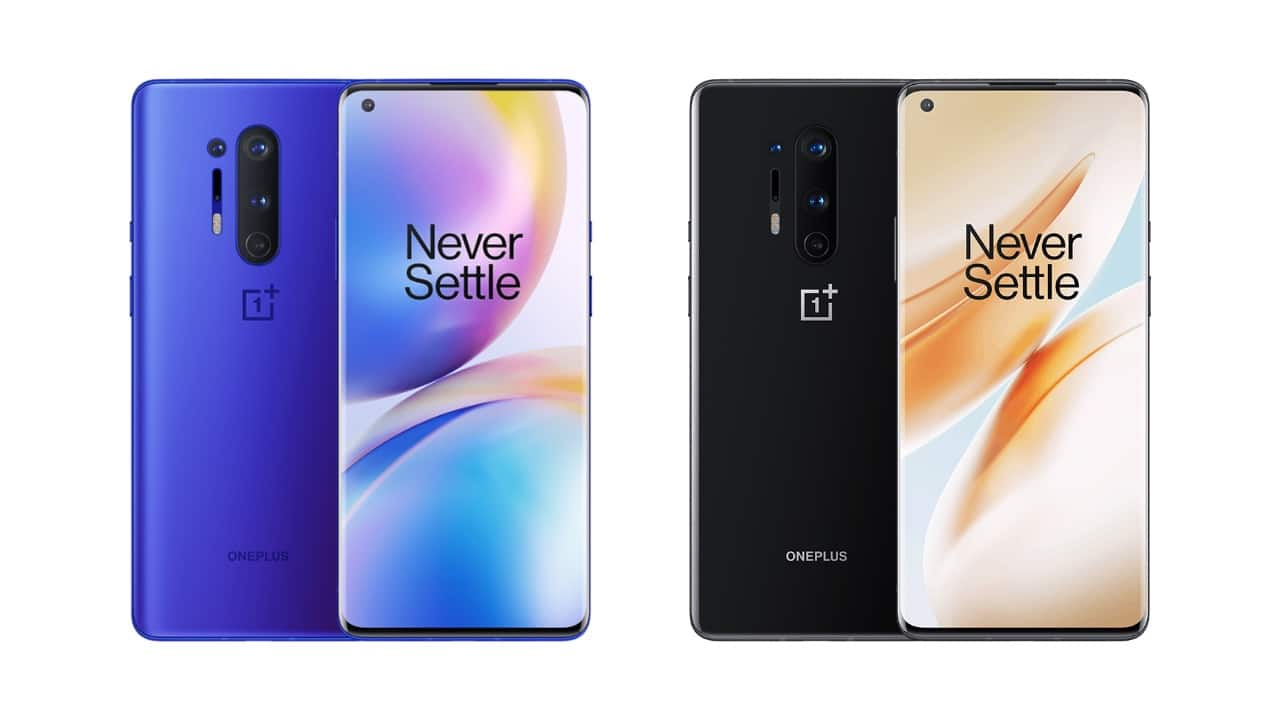
OnePlus 8 Pro: The OnePlus 8 Pro gets four camera sensors on the back, including a primary 48-megapixel Sony IMX689 sensor with an f/1.7 aperture lens, a 48-megapixel Sony IMX586 ultrawide, f/2.2 lens, an 8-megapixel, f/2.4 telephoto sensor and a 5-megapixel colour filter with f/2.4 aperture (PDAF and Laser AF). It offers optical image stabilization (OIS) and electronic image stabilization (EIS) on the primary sensor, while the telephoto shooter supports OIS. The setup also features a dual-LED flash module, while the hole cutout on the front houses a 16-megapixel Sony IMX471 sensor with f/2.4 aperture.
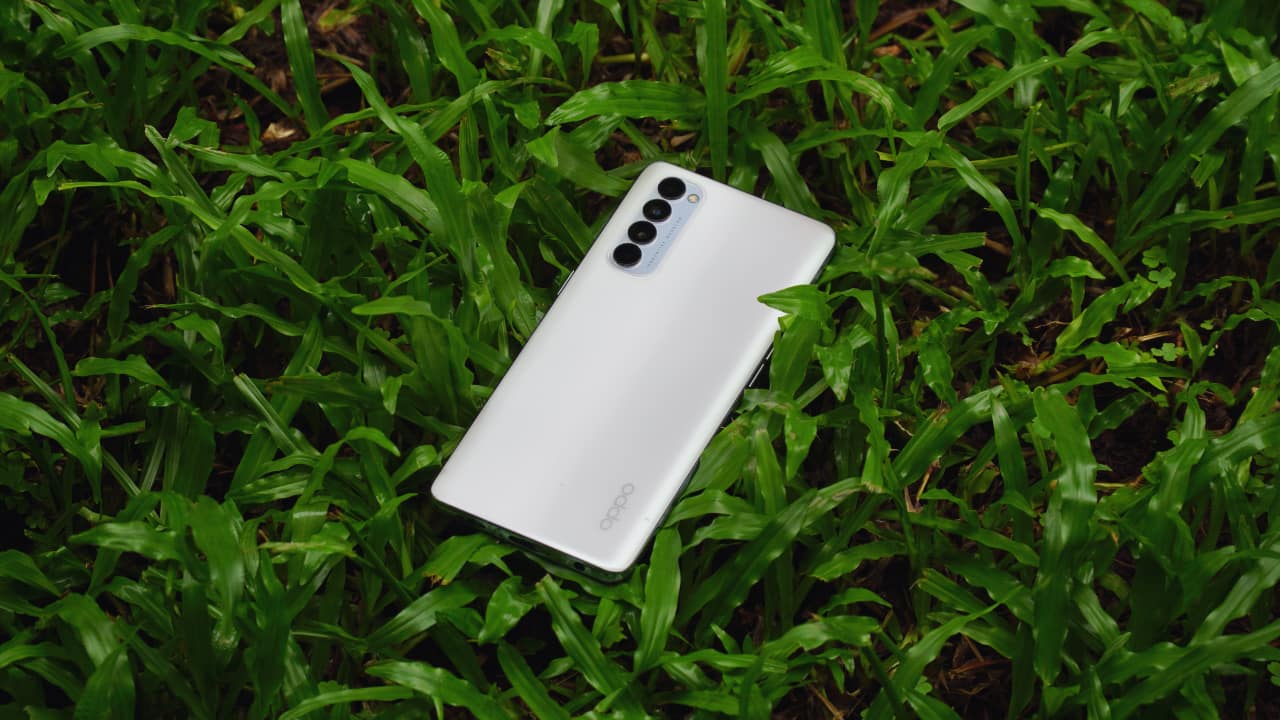
Oppo Reno4 Pro: The Oppo Reno4 Pro features a 48MP Sony IMX586 primary lens + 8MP ultrawide lens + 2MP macro + 2MP monochrome sensor setup stacked vertically. The colours are mostly accurate and the highlights and shadows are well-exposed in daylight shots. In night mode, the algorithm manages to control the overblowing of highlights while exposing the shadows. Check our Reno4 Pro first impressions for more details.
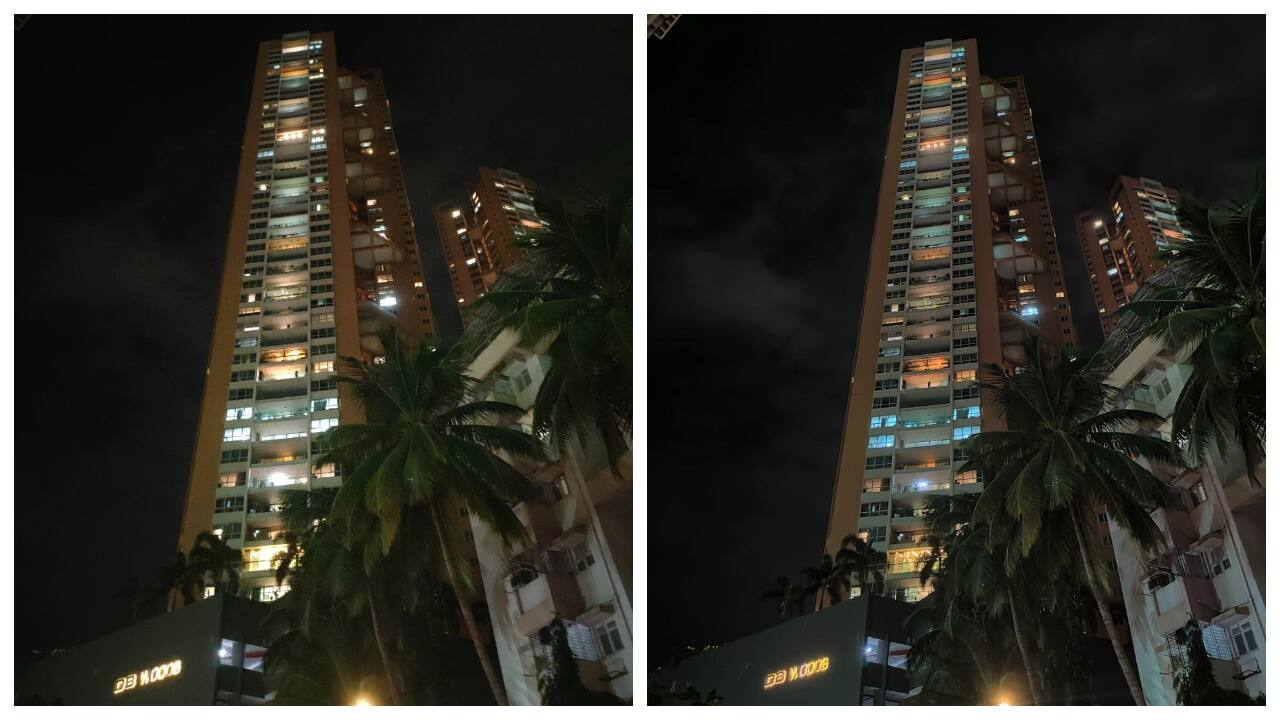
Normal mode on the left vs night mode on the right. Shot on Oppo Reno4 Pro.
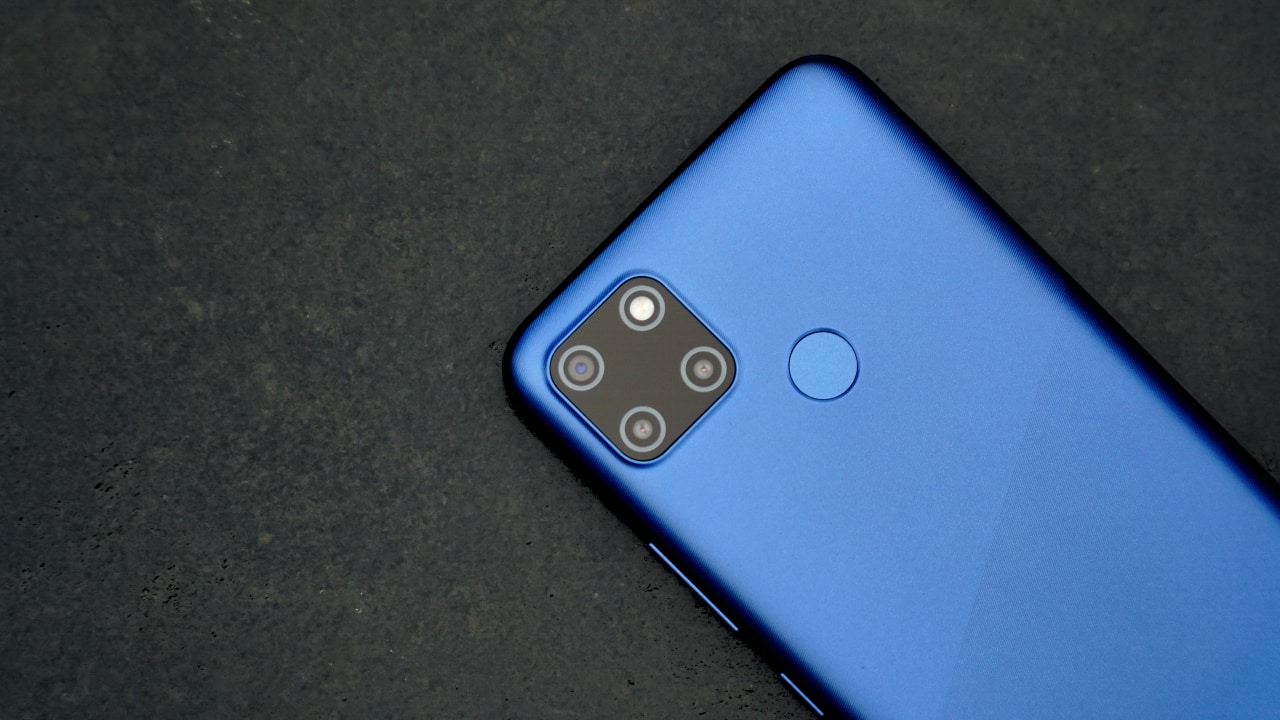
Realme C12: The budget smartphone under Rs 10,000 is capable of clicking good daylight shots. Colours are close to real but the software tends to boost up the greens. Dynamic range, however, is below average but that’s typical for most smartphones in its price range. While we work on our Realme C12 review, check our first impressions to know more about the budget smartphone.

Honourable mention -- OPPO Find X2 Pro: The Find X2 Pro is perhaps one of the best smartphones of 2020. Unfortunately, the smartphone is not available on sale in India. We were able to review the Find X2 Pro and as per our experience, the camera performance is quite excellent. The rear camera setup houses a 48MP f/1.7 Sony IMX689 1/1.4-inch sensor, a 48MP Sony IMX586 sensor, and a 13MP periscope lens with up to 10x Hybrid zoom and 60x digital zoom. The colours are vibrant and you get an ample amount of detail. The highlights and shadows are well exposed too. Even the dynamic range is excellent. While the camera app does support night mode, chances are you won’t need to use it very often, thanks to the wide aperture and the sensor size. In fact, we liked a couple of images that were shot using the normal mode, instead of the night mode on the Find X2 Pro. Click here to check our Find X2 Pro review and scroll down to see a sample shot.
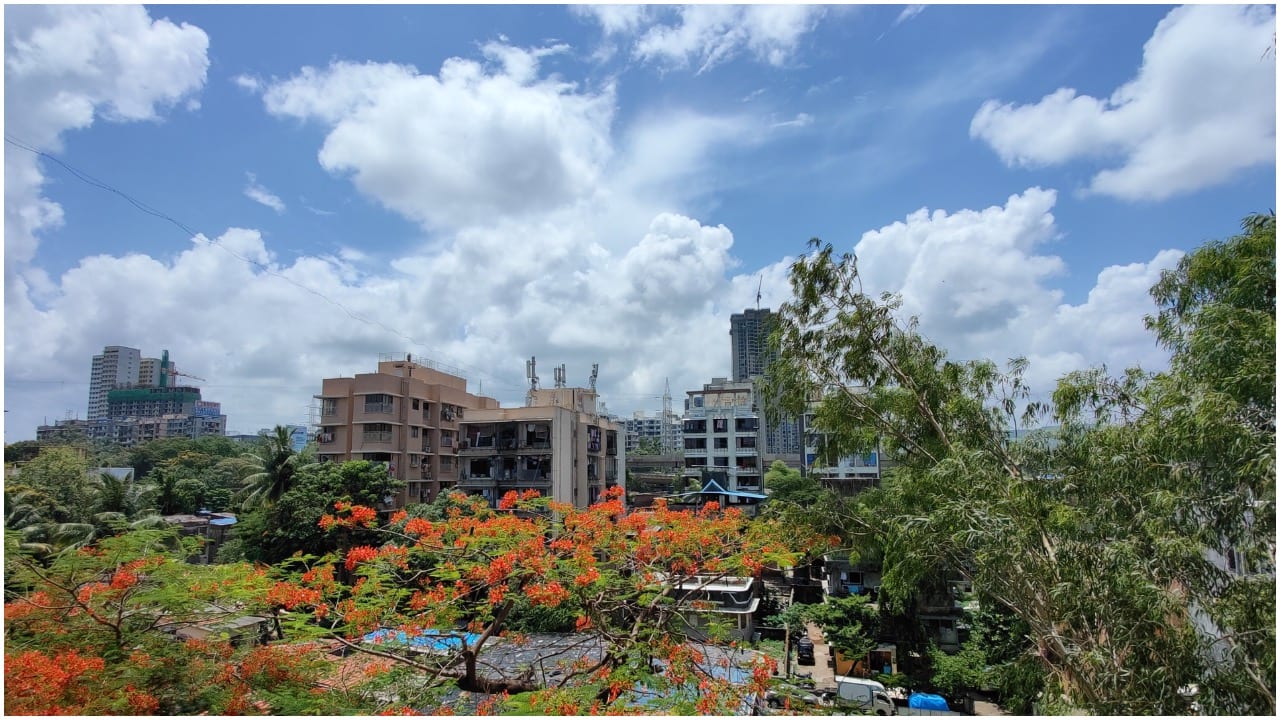
Shot on Oppo FInd X2 Pro.







